Votre panier est vide
Besoin d'inspiration ?
Rendez-vous dans le programme en ligne du GrandPalais
Article -
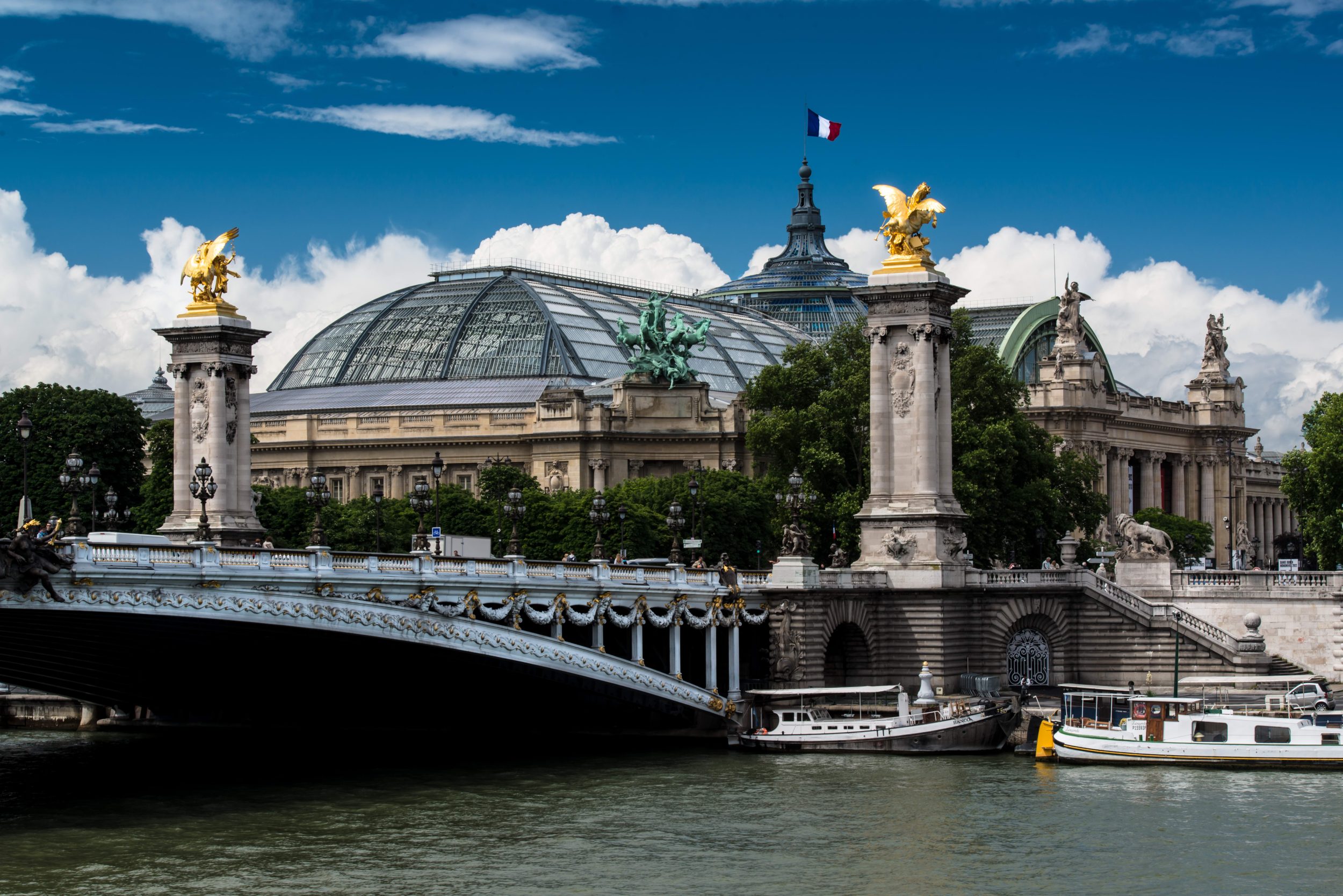
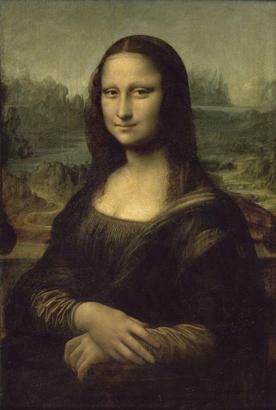
The early 16th century, known as the Cinquecento, is regarded as the peak of the Renaissance. In the twenty years from 1500 to 1520, Florence and Rome were home to artists who are now very famous: Leonardo da Vinci, Michelangelo and Raphael. The idea of “genius” developed with them. These were extremely creative years.
Leonardo da Vinci embodies the “genius” of the Renaissance. He was a painter, architect, sculptor, and engineer. In Italy he worked in Florence, Rome and Milan in the service of the most powerful princes. He ended his days in Amboise, France at the court of François I. He revolutionized the art of painting by inventing the technique known as sfumato. The figures blend softly with the landscape. There are no clear lines, giving his paintings a mysterious atmosphere. He painted the Mona Lisa, the most famous painting in the world.
Michelangelo Buonarroti, known simply by his first name, was highly talented at drawing. By closely observing the human body, he wanted to reproduce every pose, movement and interplay of muscles. He then translated his drawings into paintings and sculpture. The great patron of the arts, Pope Julius II, entrusted him with the decoration of the Sistine Chapel in the Vatican in Rome. Michelangelo accomplished a great feat, creating over 1,000 square metres of frescoes. They give the illusion of architecture, and the figures look three-dimensional, a real trompe-l'œil (optical illusion).
Raffaello Santi, nicknamed Raphael the Divine, was a Florentine painter. He was searching for perfect beauty in his painting. He created models of gentle virgins that would be reproduced for centuries. Raphael’s Madonnas are astonishingly simple and tender. His compositions are always very well balanced, making his paintings masterpieces.
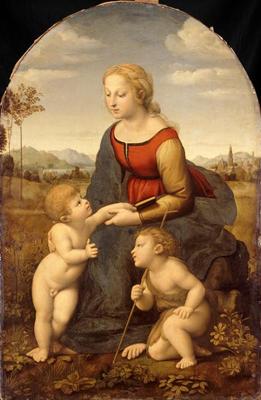
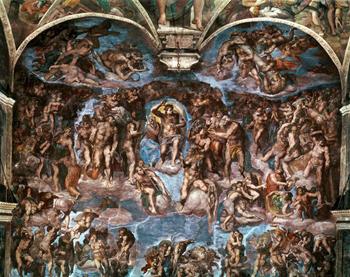
Votre panier est vide
Besoin d'inspiration ?
Rendez-vous dans le programme en ligne du GrandPalais
See content : The vibrant art of Mickalene Thomas soon at the Grand Palais: book your ticket
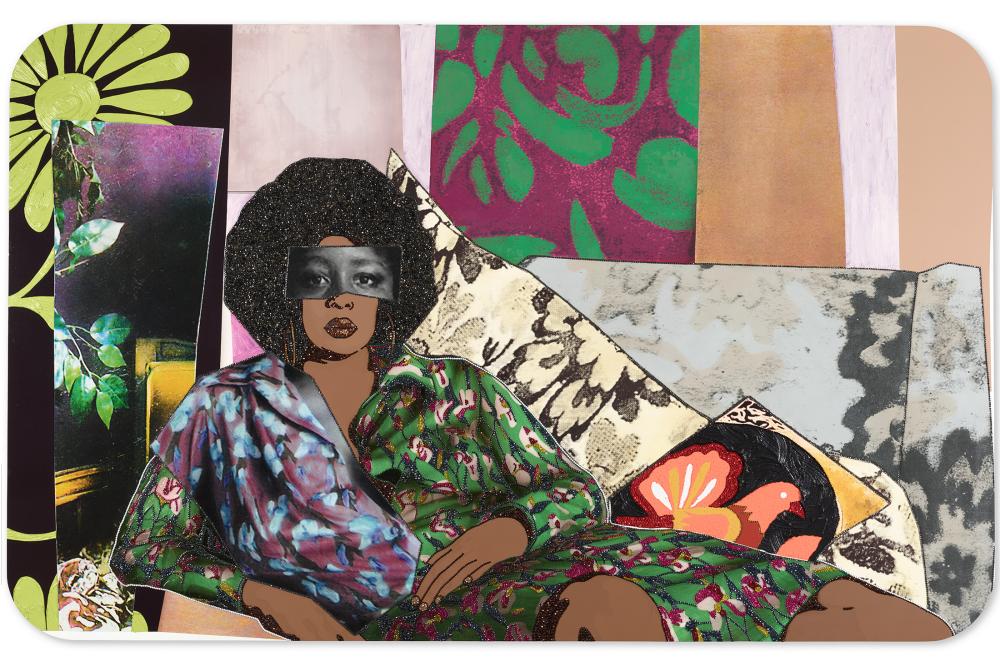
Mickalene Thomas, Afro Goddess Looking Forward, 2015
Article -
From December 17, 2025 to April 5, 2026, discover All About Love, a vibrant retrospective of artist Mickalene Thomas, the first African-American artist to be honored with a major solo exhibition at the Grand Palais. Tickets are now available, book your seats!
See content : Last weeks to discover Niki de Saint Phalle, Jean Tinguely and Pontus Hulten

Jean Tinguely, L’Enfer, un petit début, 1984, métal, objets et matériaux divers, moteurs électriques, 370 × 920 × 700 cm, Centre Pompidou, Musée national d’art moderne, Paris.
Article -
An artistic, playful and historic interlude before the holidays! You still have until January 4, 2026 to discover the adventure of the trio Saint Phalle, Tinguely, Hulten. Between the Swiss sculptor, the Franco-American sculptor and the Swedish curator...
See content : Behind the scenes of an extraordinary contemporary creation
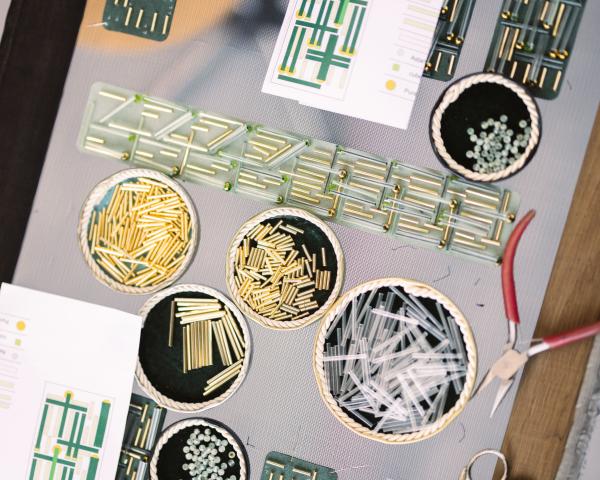
Broderie à l'aiguille, Atelier Montex
Article -
The Grand Palais and le19M, CHANEL's center for Artisanal Crafts, have joined forces to create a monumental textile curtain, celebrating the richness of exceptional craftsmanship while enhancing the majesty of the Nave. Discover in this video the secrets...